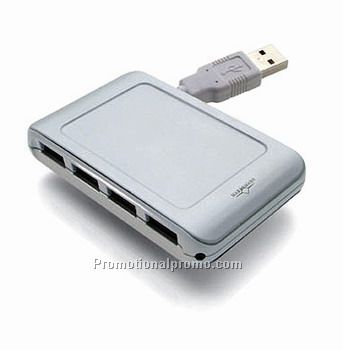

- #Usb root hub 2.0 driver serial
- #Usb root hub 2.0 driver drivers
- #Usb root hub 2.0 driver update
- #Usb root hub 2.0 driver windows
All I/O requests initiated by upper drivers reach the host controller extension driver before the xHCI driver. The USB host controller extension serves as a common abstracted interface to the hub driver, provides a generic mechanism for queuing requests to the host controller driver, and overrides certain selected functions. The new driver is extensible and is designed to support other types of host controller drivers that are expected to be developed in the future. The USB host controller extension driver (an extension to KMDF) is the new extension to the underlying class-specific host controller driver, such as the xHCI driver. USB host controller extension (Ucx01000.sys)
#Usb root hub 2.0 driver windows
Windows loads the xHCI driver as the function device object (FDO) in the device stack for the host controller. The new driver was written by using Kernel Mode Driver Framework (KMDF) interfaces and uses KMDF for all controller power management and PnP events.

The xHCI driver is new in Windows 8 and is not an extension of the eHCI miniport driver that was available in earlier versions of the operating system. It also controls the xHCI controller device slots and endpoint contexts. After completing a transfer, the driver handles transfer completion events from the hardware and propagates the events up the driver stack. The responsibilities of the xHCI driver include initializing MMIO registers and host memory-based data structures for xHCI controller hardware, mapping transfer requests from upper layer drivers to Transfer Request Blocks, and submitting the requests to the hardware. The xHCI driver is the USB 3.0 host controller driver. USB 3.0 host controller driver (Usbxhci.sys) The KMDF driver model reduces complexity and improves stability. Microsoft created the new drivers by using Kernel Mode Driver Framework (KMDF) interfaces.

#Usb root hub 2.0 driver serial
Setting it up as newly found hardware.This topic provides an overview of the Universal Serial Bus (USB) driver stack architecture. (For example, when a USB device was removed while Windows was still Unknown Device: A driver is not installed or was not set up correctly. Follow the instructions below, depending on how your device is listed in the Device Manager: In Windows, search for and open Device Manager. You might be able to troubleshoot the problem using the Device Manager. If the device still does not work, go to the next step. See HP PCs - Using Microsoft System Restore for more information. If the USB device was previously working, then subsequently became unusable, try Microsoft System Restore to go back to a time prior to when the device failed.
#Usb root hub 2.0 driver update
Go to Windows Update (in English) and follow the on-screen steps to check for updates, and opt in on all recommended and optional driver updates. Run Windows Update to check for operating system updates required for your computer.


 0 kommentar(er)
0 kommentar(er)
